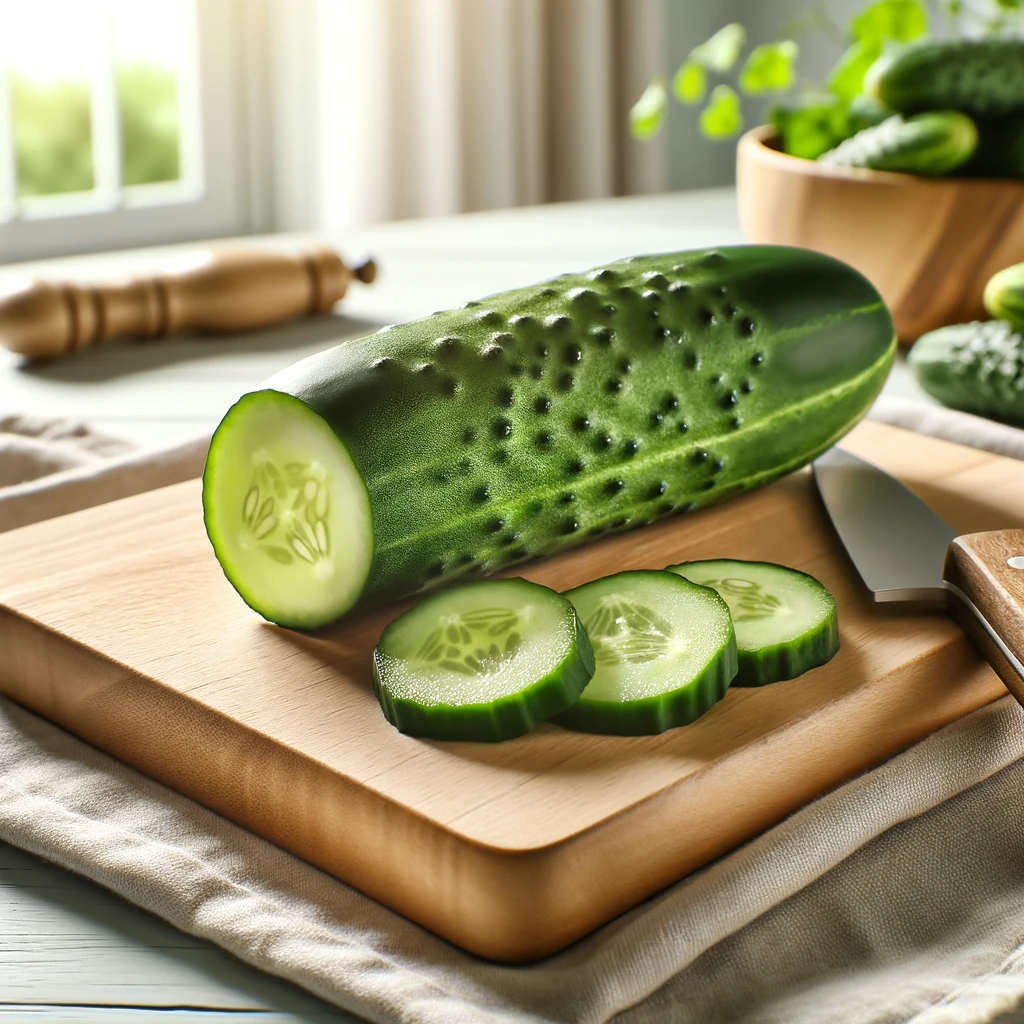Cucumbers are a common vegetable found in almost every salad or sandwich. However, did you know that there are exotic cucumber species with unique flavors, shapes, and colors? In this article, we will take you on a journey to explore some of the rare and exotic cucumber varieties that are lesser-known but truly fascinating.
Exotic Cucumber Species
1. Armenian Cucumber (Cucumis melo var. flexuosus)
Appearance: Armenian cucumbers are long, slender, and twisted, resembling a pale green snake.
Flavor: They have a mild, slightly sweet taste with a hint of citrus, making them perfect for fresh salads.
Origin: Despite their name, Armenian cucumbers are believed to have originated in India or the Middle East.
Culinary Uses: They can be sliced, diced, or pickled, and are often used in Mediterranean and Middle Eastern cuisine.
2. Lemon Cucumber (Cucumis sativus var. sativus)
Appearance: These cucumbers are small and round, about the size of a lemon, with a bright yellow skin.
Flavor: Lemon cucumbers have a refreshing, mild, and slightly sweet taste, making them a delightful addition to summer salads.
Origin: They are thought to have been first cultivated in the Middle East.
Culinary Uses: Lemon cucumbers are often eaten raw and can be sliced or diced for salads. They are also used for pickling.
3. Crystal Apple Cucumber (Cucumis sativus var. sativus)
Appearance: These cucumbers are small and round, with translucent, apple-green skin.
Flavor: Crystal apple cucumbers have a crisp texture and a slightly sweet, mild flavor.
Origin: They are believed to have originated in Mexico.
Culinary Uses: These cucumbers are great for snacking, slicing into salads, or even pickling.
4. Mexican Sour Gherkin (Melothria scabra)
Appearance: Often referred to as “cucamelons,” these tiny cucumbers resemble miniature watermelons.
Flavor: Despite their small size, Mexican sour gherkins pack a tangy, cucumber-like flavor with a hint of citrus.
Origin: Native to Central America, they have been grown for centuries.
Culinary Uses: Mexican sour gherkins are perfect for pickling, adding to cocktails, or snacking.
Why Explore Exotic Cucumbers?
- Flavor Exploration: Exotic cucumbers offer a unique tasting experience compared to the traditional cucumber, adding diversity to your dishes.
- Visual Appeal: Their distinct shapes and colors can enhance the visual appeal of salads and culinary creations.
- Cultural Significance: Many of these cucumbers have deep-rooted cultural significance and are integral to specific cuisines.
- Gardening Adventure: Growing exotic cucumbers in your garden can be a rewarding and exciting gardening adventure.
How to Grow Exotic Cucumbers
- Selecting Seeds: Start by selecting high-quality seeds of the exotic cucumber variety you want to grow.
- Planting: Plant the seeds in well-draining soil with good sunlight exposure.
- Watering: Keep the soil consistently moist, but avoid overwatering to prevent root rot.
- Support: Provide support or trellises for vines to climb, especially for cucumbers like Mexican sour gherkins.
- Harvesting: Harvest cucumbers when they reach the desired size and color. Be gentle to avoid damaging the vines.
Conclusion
Exploring exotic cucumber species can be a delightful culinary adventure. These unique cucumbers not only offer distinct flavors but also add a visual flair to your dishes. Whether you’re a food enthusiast or a passionate gardener, these rare ingredients are worth discovering. So, next time you’re at the market or planning your garden, consider adding some of these exotic cucumber varieties to your list for a truly enriching experience. Happy cucumber exploration!
